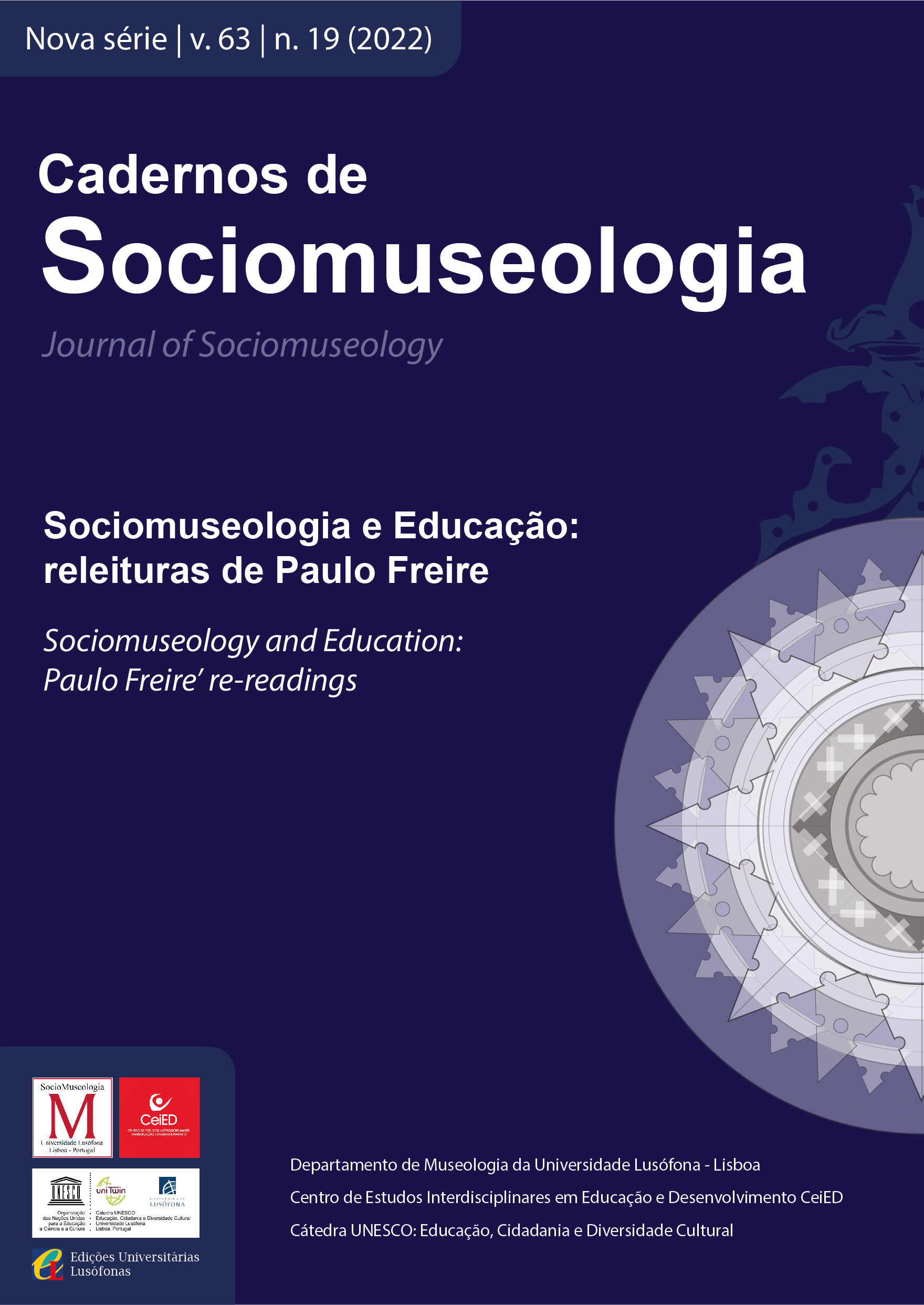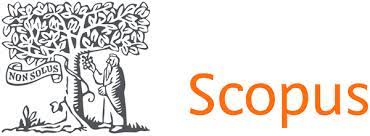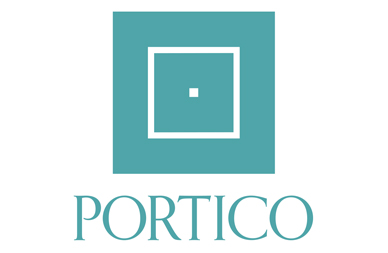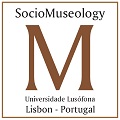Paulo Freire, Education, Dissemination and Natural Science Museums: relationships and tensions
Abstract
The year 2020 celebrates the centenary of Paulo Freire, which takes place in the midst of the rescue of the founding concepts of his work and demonstrates the relevance of his critical thinking. His ideas have been present in Museology since the 1970s, influencing museological research and practice. In natural science museums, several works from the 1990s seek to identify theoretical and methodological trends in science education in exhibitions and educational activities. Within these trends, one can see the absence of productions that are based on critical theories and on Paulo Freire's ideas, which has been occurring more recently. This text discusses the articulations between research and practices in the fields of education and communication and science museums, questioning whether and how Paulo Freire's ideas became present. It was also intended to discuss the use of Freirean ideas in the context of science museums, focusing on two movements: scientific literacy and the relationships between science, technology, society and the environment. At the end, we propose some paths and argue in favor of a more intense use of some of the key concepts of Paulo Freire's work in the research and practices of natural science museums and problematize, given the complexity, conflicts and tensions that permeate today's world, about what science and what science education and communication we want to support in science museums.
Key words: Paulo Freire; Education; Dissimination; Science museums
Downloads
Authors retain copyright and grant the journal right of first publication with the work simultaneously licensed under aCreative Commons Attribution License that allows others to share the work with an acknowledgement of the work's authorship and initial publication in this journal.













